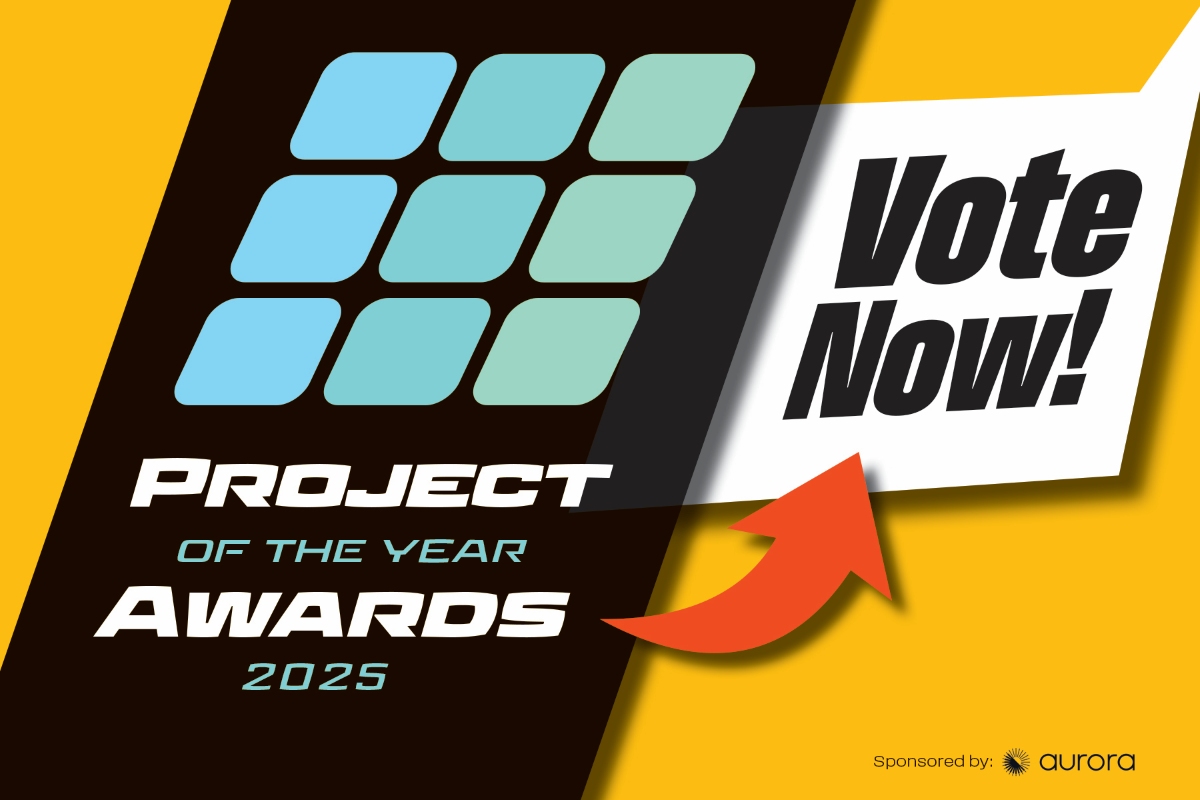Solar developers sound off on transmission permitting rules

Acquiring federal permits is a key factor in the success of large-scale solar projects. Earlier this year, the U.S. Federal Energy Regulatory Commission affirmed Order 2023 to modernize the U.S. transmission grid by streamlining the generator interconnection process.
In another more recent development, the Biden-Harris administration announced two new rules to accelerate the development of solar projects on federal lands.
Solar Builder recently polled several industry experts to understand how FERC’s transmission permitting reform is impacting their business, as well as other permitting concerns. Here’s what they had to say:
Considering FERC’s new transmission permitting reform rule, what is your outlook on the interconnection queue? Will this solve the major issues? Are there other challenges you’re monitoring?

Boris Schubert, Chief Operating Officer at Silicon Ranch: “We are closely monitoring and will carefully manage the effects of FERC Order 2023 on the interconnection queue. In fact, one of our newest Silicon Ranch team members was a co-author on the order.
“For years, the vast majority of solar energy generation capacity has been held up by a first-come-first-served approach that fails to take into account the difference between real players in the solar field and speculators. We are eager for the implementation of the new approach provisioned for by the order, which prioritizes projects with proven available energy generation capacity over those that have an earlier spot in the queue but only in terms of theoretical capacity. Silicon Ranch alone has 20 to 25 times our existing capacity held up in the queue, stuck behind other contractors that are struggling to produce their promised capacity. The new rule is reshuffling queues to put responsible producers at the front.
“We’re also taking on the challenges presented by shifting sentiments toward data center construction. For a number of years, companies have constructed data centers with near-impunity, secured based on promises of renewable energy generation that have not been commensurately realized. Now community and industry pushback to this model is intensifying, and these projects will have to be much more stringent about ensuring they can meet their energy needs than they previously have. This year, we announced an exclusive partnership with Tract, a data center planner and developer, to ensure renewable energy production for their centers in Nevada and Utah.”

DH Kim, Director Leading Transmission Planning & Power System Analysis for 1898 & Co., a Burns & McDonnell company: “FERC changed the way companies run their GI studies, so right now, many of them are going through that transition, but we haven’t seen the actual impacts of that yet. It may expedite some utilities and ISOs that had major backlogs and were going through the serial manner, but it may also slow down for the companies that handled volume well in the past. Developers are hesitant with the sizable deposit requirement and are trying to adapt to the changes at the moment. Alternative Transmission Technology evaluations will add more pressure for the planners to think about, though.”

Megan Byrn, VP of Business Development, Standard Solar: “FERC’s new rule is a positive step towards a more efficient grid capable of accommodating renewable energy growth. However, its focus is on long-term solutions rather than providing a fix for the current backlog of interconnection requests. While the rule won’t directly address the present backlog, it has the potential to significantly improve the speed and cost of interconnection once new transmission infrastructure is built based on long-term planning. By requiring 20-year transmission plans, FERC is laying the groundwork for a grid that can handle the anticipated surge in renewable energy. This proactive approach will help avoid future bottlenecks and delays. Additionally, the rule aims to streamline the permitting process for new transmission lines, potentially reducing red tape and expediting project approvals in the long run.”

David Carpenter, VP of Development &Chief Legal Officer, Green Lantern Solar: “I anticipate reform progressing slower than desired, and even if it accelerates, we’ll likely encounter increasing transmission constraints as our infrastructure struggles to keep pace.”
For more solar developer insights, be sure to check out the Q3 issue of Solar Builder.





Comments are closed here.